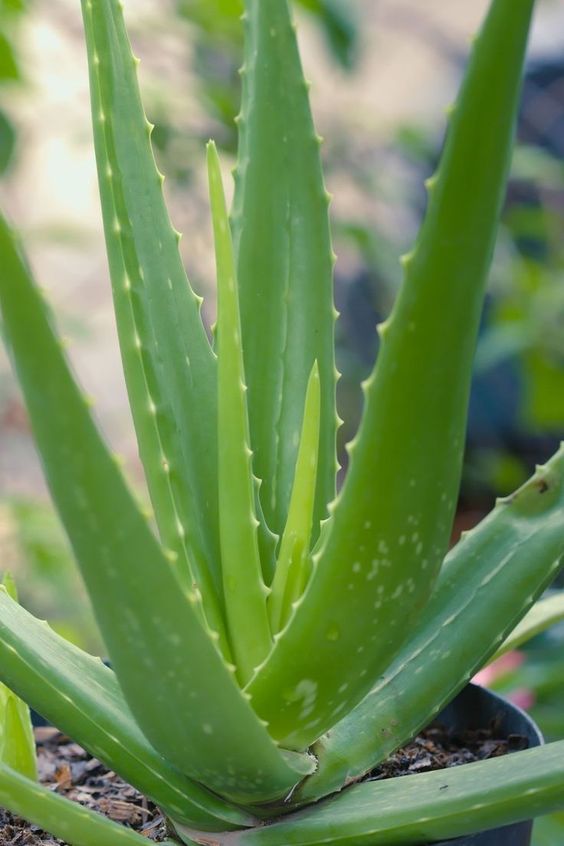Aloe vera plants are known for their numerous health benefits and their ability to thrive in various climates. These versatile plants are low maintenance and can be a great addition to any indoor or outdoor garden.
However, even with their hardiness, many people unknowingly make mistakes when caring for their aloe vera plants, which can hinder their growth and overall health.
In this article, we will explore ten common mistakes you might be making with your aloe vera plants and provide practical solutions to help you nurture them better. By avoiding these common mistakes, you can ensure that your aloe vera plants thrive and provide you with their remarkable healing properties for years to come.
Overwatering:
One of the most common mistakes people make with aloe vera plants is overwatering. These succulents are adapted to arid conditions and have low water requirements. Overwatering can lead to root rot and cause the leaves to turn yellow or brown. To avoid this, allow the soil to dry out completely between waterings and ensure proper drainage.
Inadequate Drainage:
Proper drainage is crucial for the health of aloe vera plants. Without it, excess water can accumulate around the roots, leading to rot. Ensure your pot has drainage holes, and use well-draining soil or add coarse sand or perlite to improve drainage.
Insufficient Sunlight:
Aloe vera plants thrive in bright, indirect sunlight. Insufficient light can cause the leaves to become pale, stretched, and leggy. Place your plant near a sunny window or provide artificial light if needed, especially during the winter months.
Lack of Ventilation:
Adequate airflow is essential for aloe vera plants to prevent moisture buildup and the growth of fungi or pests. Ensure your plant is in a well-ventilated area or use a fan to circulate air gently.
Overcrowding:
Aloe vera plants can multiply through offsets or “pups” that grow around the base of the mother plant. While it’s tempting to leave them together, overcrowding can lead to competition for nutrients and limited growth. Separate the pups and repot them into their containers when they are a reasonable size.
Using the Wrong Soil:
Using the correct type of soil is crucial for the health of your aloe vera plants. They require well-draining soil with good aeration. Avoid using heavy, compact soil or those designed for moisture-loving plants. Instead, opt for a cactus or succulent mix or create your own by combining regular potting soil with sand or perlite.
Neglecting Fertilization:
Aloe vera plants are relatively low-demanding when it comes to fertilization, but they can benefit from occasional feeding. However, over-fertilization can harm the plant, so use a balanced, diluted fertilizer during the growing season (spring and summer) and avoid fertilizing during the dormant period (fall and winter).
Inappropriate Temperature:
Aloe vera plants prefer temperatures between 55°F and 80°F (13°C and 27°C). Extreme heat or cold can stress the plant, leading to stunted growth or damage. Protect your aloe vera from frost or intense heat by moving it indoors or providing shade during extreme weather conditions.
Ignoring Pests:
While aloe vera plants are generally pest-resistant, they can occasionally fall victim to common houseplant pests such as mealybugs, scale insects, or spider mites. Regularly inspect your plant for signs of infestation and take immediate action using organic pest control methods or insecticidal soap.
Improper Pruning:
Pruning is essential for maintaining a healthy and visually appealing aloe vera plant. Remove damaged or yellowing leaves by cutting them close to the base, but avoid over-pruning, as it can weaken the plant. Additionally, regularly remove dead or spent flower stalks to redirect energy back into growth.
